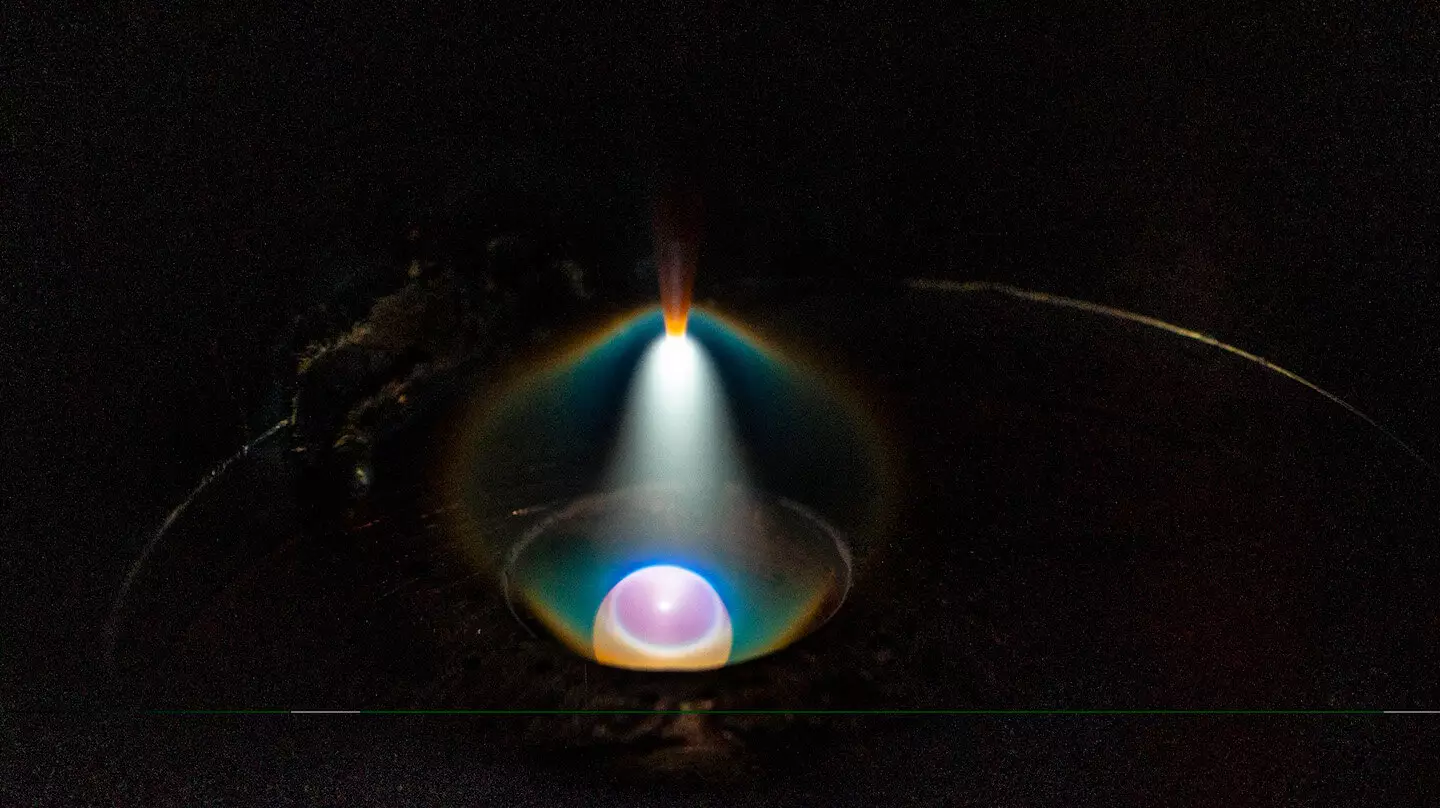In the world of engineering and materials science, conventional alloys have served as the foundation for numerous applications ranging from everyday household items to sophisticated aerospace components. However, these traditional materials reveal significant vulnerabilities when subjected to extreme conditions, such as freezing temperatures or scorching heat. Steel, for example, possesses a melting point of around 2,500 degrees Fahrenheit, while aluminum quickly succumbs to corrosion when moisture and oxygen are present. This inherent fragility has become a growing concern as industries increasingly venture into severe environments—such as space exploration and the Arctic—where more resilient materials are not just advantageous but essential.
The limitations of conventional alloys cry out for innovation. Traditional materials seem ill-equipped to cope with the challenges posed by the modern world, thereby signaling a compelling need for new and improved alternatives that can withstand the rigors of extreme operational settings.
The Rise of Multi-Principle Element Alloys
Enter Multi-Principle Element Alloys (MPEAs), a groundbreaking alternative that is capturing the attention of scientists and engineers alike. MPEAs are composed of multiple elements, blended in roughly equal proportions, which remarkably enhances their properties. These alloys not only excel in terms of hardness, strength, and toughness across varying temperatures but also display exceptional resistance to corrosion and thermal stability. Their unique characteristics open doors to innovative functionalities, making them an attractive option for high-tech applications ranging from electronics to advanced magnetic devices.
MPEAs represent a significant shift in material science, echoing the transition from singular-component to multi-component systems, and showcasing the technological advancements in composite materials. As research continues to unveil their potential, MPEAs are positioned at the frontier of engineering materials that can meet and exceed the demands of cutting-edge industries.
Pioneering Research and Development
At the forefront of MPEA research are the dedicated scientists from the Johns Hopkins Applied Physics Laboratory (APL) in Maryland, who are working to revolutionize how these alloys are designed and generated. Their approach emphasizes the construction of intricate microstructures that yield meaningful data from limited sample sizes. This is a paradigm shift in alloy development, allowing researchers to initiate the alloy design process rapidly, thereby catalyzing a more dynamic and efficient exploration of materials.
A particularly noteworthy contribution from APL is their development of a sophisticated pathway that interconnects alloy phases—distinct materials formed during the heating or cooling processes of alloys—with their mechanical properties. The implications of this discovery are vast, as it lays the groundwork for synthesizing a diverse range of MPEAs based on informed data, all while minimizing resource expenditure.
Innovative Algorithms for Evolving Alloys
The partnership between APL researchers and experts from the Johns Hopkins Whiting School of Engineering has yielded even more groundbreaking tools. Their implementation of the physics-informed Bayesian optimization algorithm, PAL 2.0, revolutionizes how potential MPEA compositions are evaluated. This algorithm effectively streamlines the selection process, allowing for the synthesis of alloys which exhibit optimal hardness and functionality, even when provided only a few data points derived from incremental experiments.
Additionally, the closed-loop cycle established by researchers enables continuous advancement in alloy design. They initiate with predictions on new compositions, fabricate those materials, rigorously test them, and use the resultant data to make future recommendations. This cyclical approach amplifies the learning process, generating increasingly viable options with each iteration.
Beyond Exploration: Real-World Applications
The practical potential of this research extends far beyond theoretical applications. The methodology allows for a more efficient testing process that can encompass a wide spectrum of conditions. With techniques like arc melting—where minimal material is used to produce a large variety of chemical compositions from a single sample—the researchers can rapidly generate and analyze multiple alloys. This not only accelerates research but also offers valuable insights into how varying compositions and microstructures behave under different conditions.
By harnessing state-of-the-art technologies such as scanning electron microscopy and nanoindentation, the team can map the behavior of these new compositions at microscopic levels. This level of detail is transformative, as it turns each discovered material into a stepping stone toward the next breakthrough.
A Bright Future for Advanced Materials
The advances in MPEAs signify a pivotal moment in materials science, one that promises to alter the landscape of how we approach material development for extreme conditions. With the ongoing efforts of APL and its partners, the future appears bright for new materials engineered to withstand the rigors of modern technology. As these methodologies evolve, we are not just looking at the development of stronger materials; we are witnessing the dawn of a carefully constructed path toward unparalleled performance in challenging environments.


Leave a Reply